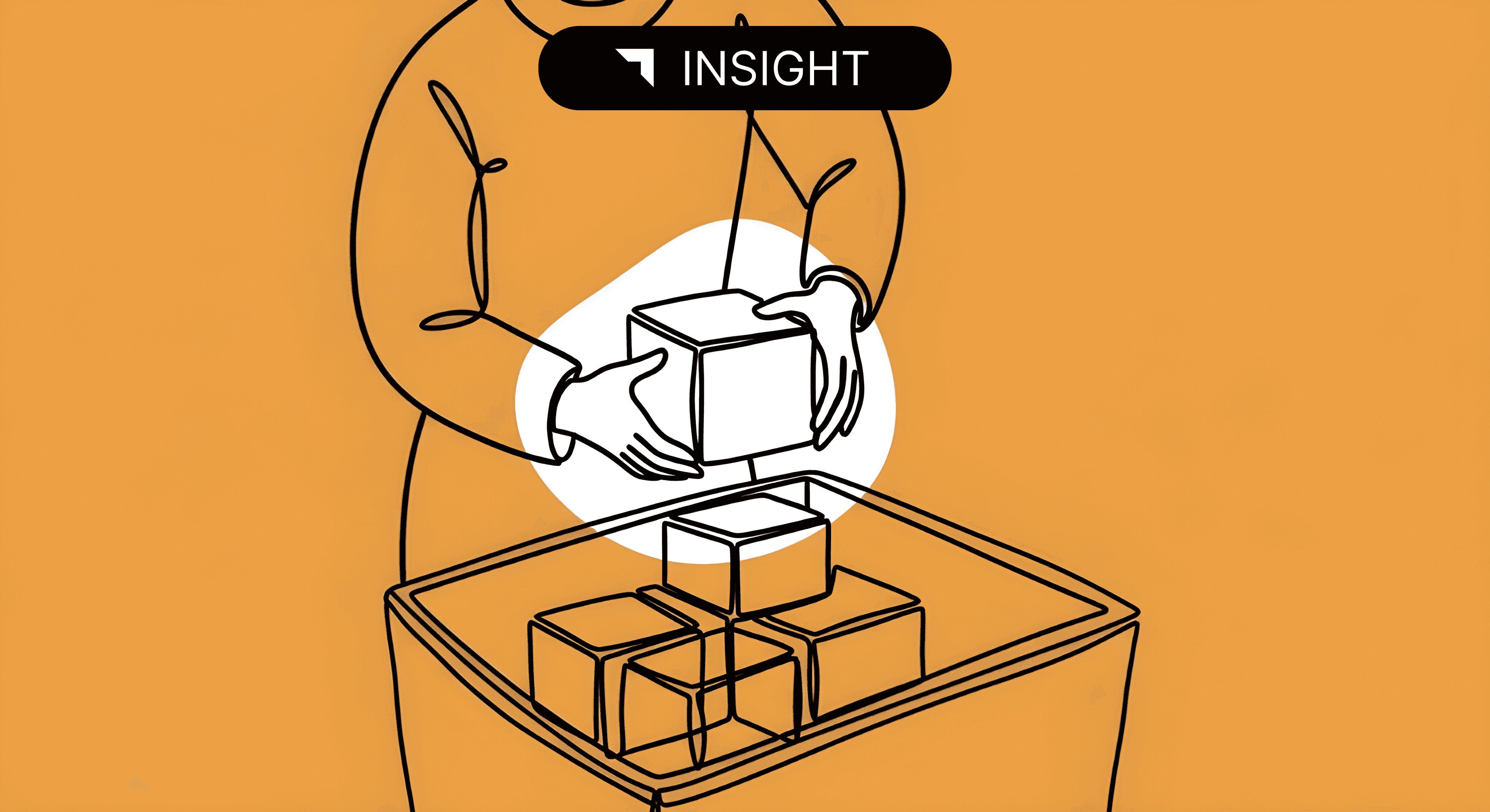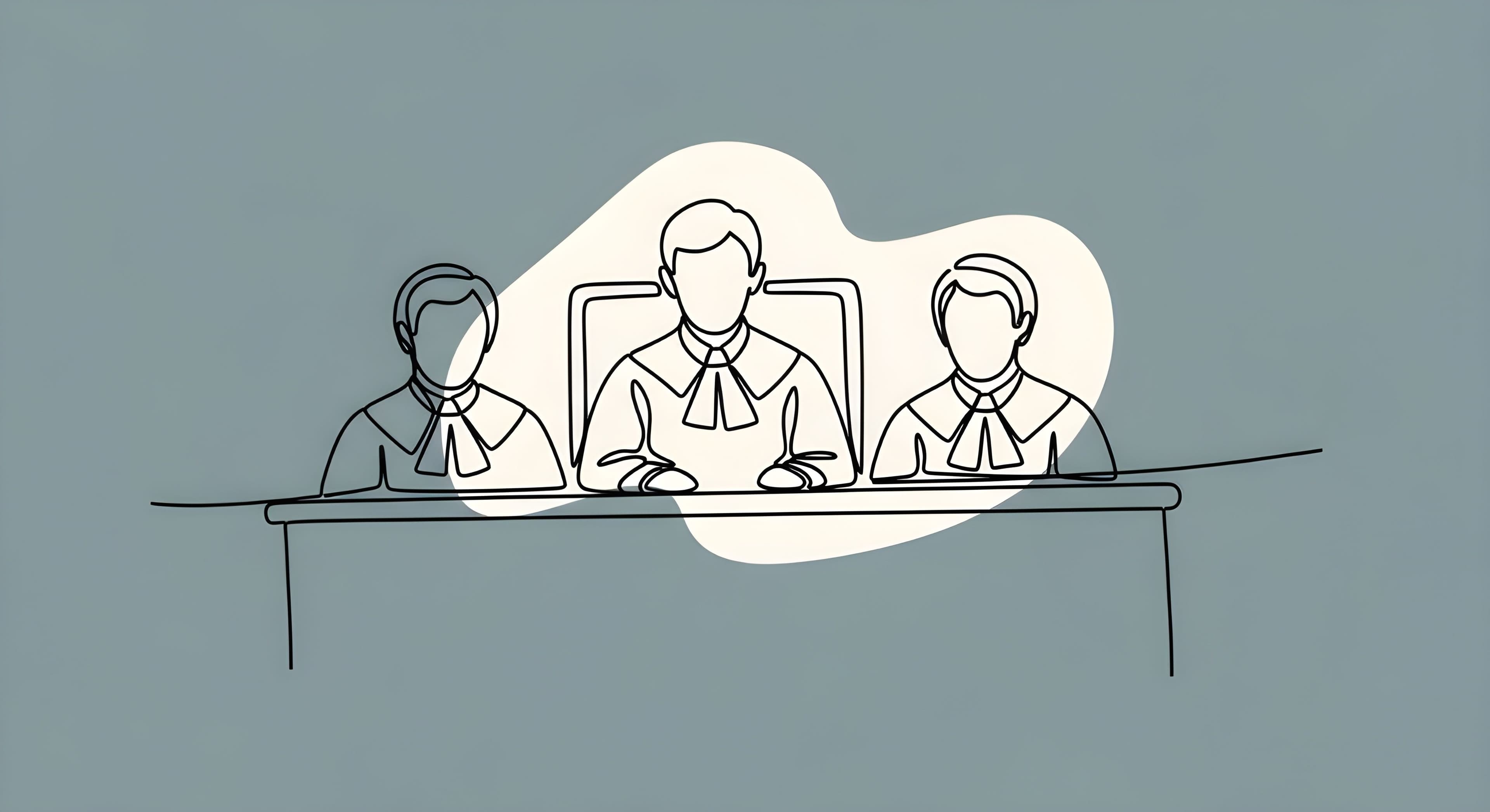
Why “Reasonable Care” Still Means Human Oversight in an AI World
As artificial intelligence reshapes global trade operations, importers and compliance teams are embracing automation for everything from HTS classification to valuation review and origin determination.
But while AI can accelerate compliance, it doesn’t eliminate one key requirement: reasonable care.
Under U.S. Customs law, reasonable care remains a human standard — a duty that can’t be outsourced entirely to machines, no matter how intelligent they become.
The Meaning of “Reasonable Care” — and Its Legal Weight
“Reasonable care” is not just a best practice; it’s a legal obligation under 19 U.S.C. §1484.
Importers of record must ensure that all statements, documentation, and classifications submitted to Customs are accurate, complete, and supported by a reasonable process of verification.
That means Customs expects companies to:
- Maintain documented internal controls;
- Exercise judgment when interpreting complex classification or valuation issues;
- Review and validate third-party or automated data before submission.
AI can help identify risks and inconsistencies — but the final accountability still rests with humans.
Automation Expands Capability, Not Responsibility
Modern compliance platforms, including AI-driven tools like Trade Insight AI, enable faster, more consistent outcomes:
- Bulk HTS classification with rule-based validation;
- Automated valuation checks for assists and royalties;
- Pattern recognition to detect likely misclassifications.
However, automation extends the reach of compliance teams — it doesn’t replace their duty to verify.
Customs will not accept “the system made an error” as a defense — the importer remains the responsible party.
Human oversight must exist at key checkpoints:
- Ensuring descriptions are accurate;
- Reviewing edge cases or ambiguous results;
- Approving changes to classification logic;
- Investigating discrepancies identified by AI.
The Risk of “Over-Automation” in Compliance
AI models depend on the data and rules they are trained on.
When trade teams rely exclusively on automated outcomes — without understanding their logic — they risk:
- Misapplied rulings from past data sets;
- Overgeneralized classifications in nuanced industries;
- Compliance gaps in documentation or recordkeeping.
An auditor won’t ask how the AI made its decision — they’ll ask why your company accepted it.
That’s where reasonable care requires human interpretation.
Building the AI-Human Compliance Model
The most effective compliance programs integrate AI efficiency with human judgment through a layered model:
| Layer | Role in Compliance | Example Activities |
|---|---|---|
| Automation (AI Tools) | Execute repetitive, high-volume tasks | Bulk classification, duty impact simulation |
| Analyst Oversight | Validate exceptions, interpret ambiguous results | Review of edge cases, audit trails |
| Compliance Leadership | Define governance, risk tolerance, and escalation paths | Policy setting, final sign-offs |
This balance ensures the organization remains both fast and defensible — the true essence of reasonable care in the AI era.
Why “Reasonable Care” Still Belongs to Humans
Reasonable care is about intent and accountability, not just accuracy.
AI can strengthen compliance processes, but it can’t demonstrate judgment, prudence, or ethical decision-making.
Customs law, by design, relies on human intent — ensuring that importers remain active participants in their compliance programs.
In the end, technology amplifies diligence, but oversight defines compliance.
How We Help
Trade Insight AI is built for this balance: pairing AI automation with transparent audit trails and human-in-the-loop verification.
Every classification, valuation, or data check remains traceable, reviewable, and explainable, ensuring that automation supports — not replaces — your standard of reasonable care.
Related News

November 3, 2025
How to Design Products for Lower Duties Without Crossing Compliance Lines
Read more →
December 17, 2025
How to Research Old vs Recent CROSS Rulings Without Falling Into Obsolete Logic
Read more →
November 7, 2025